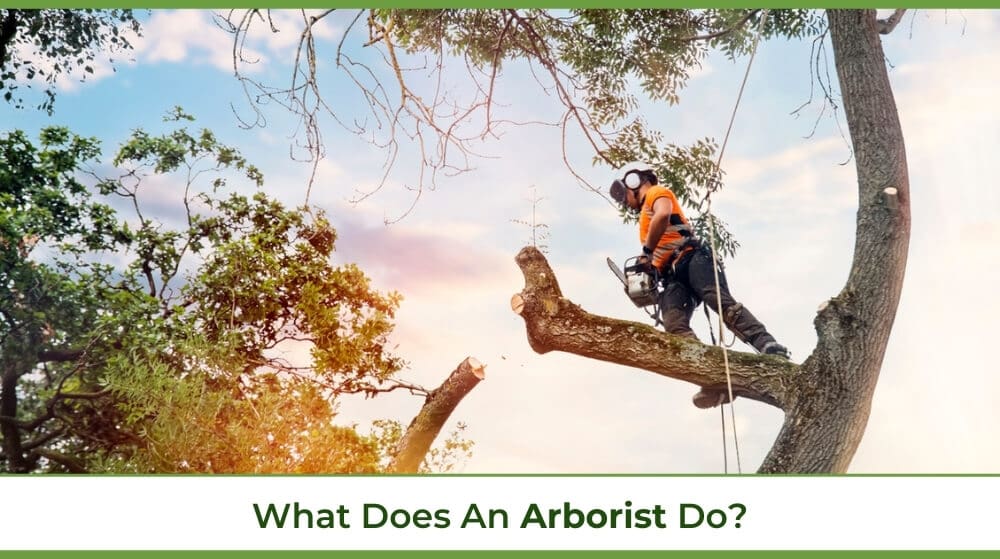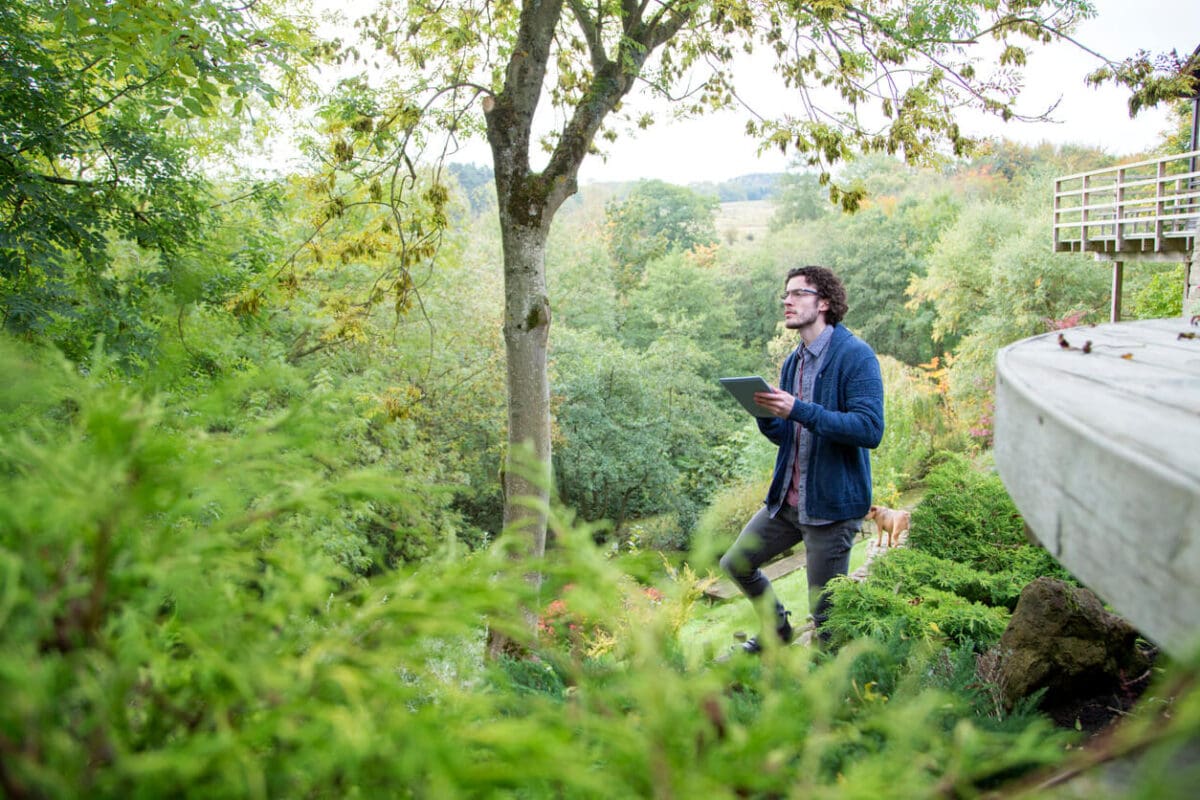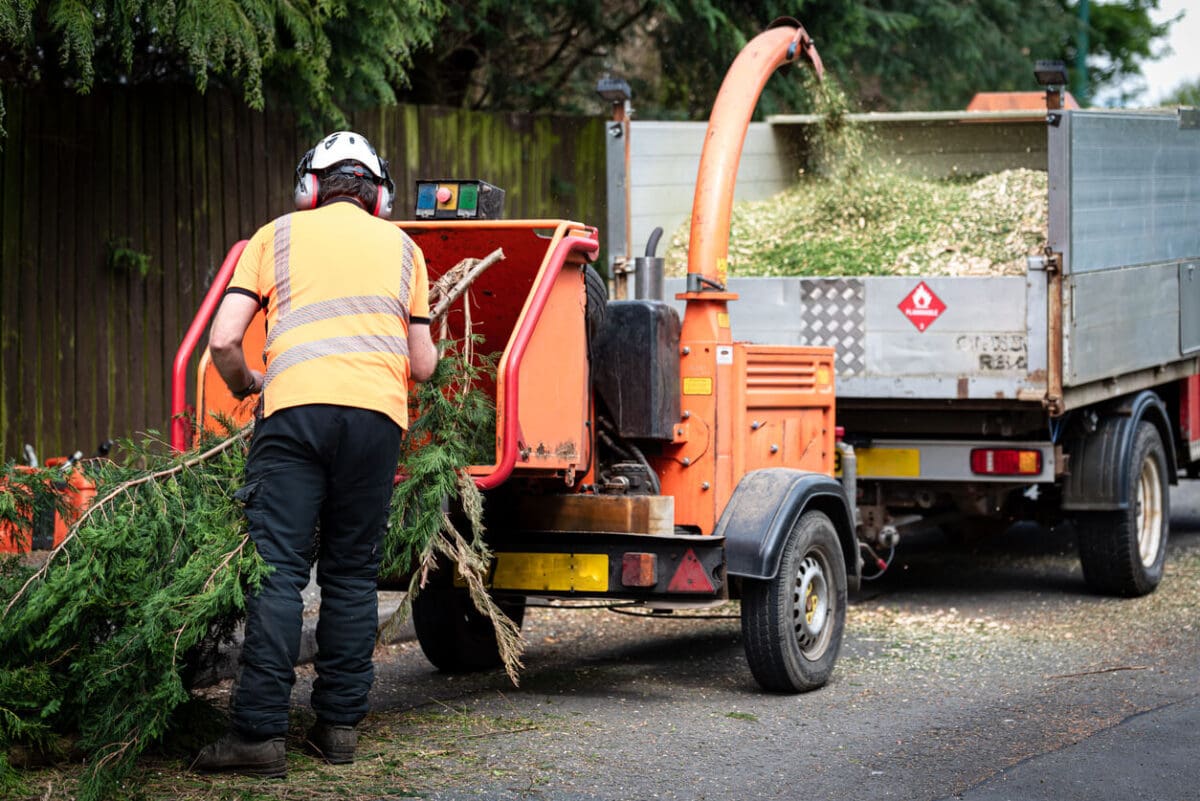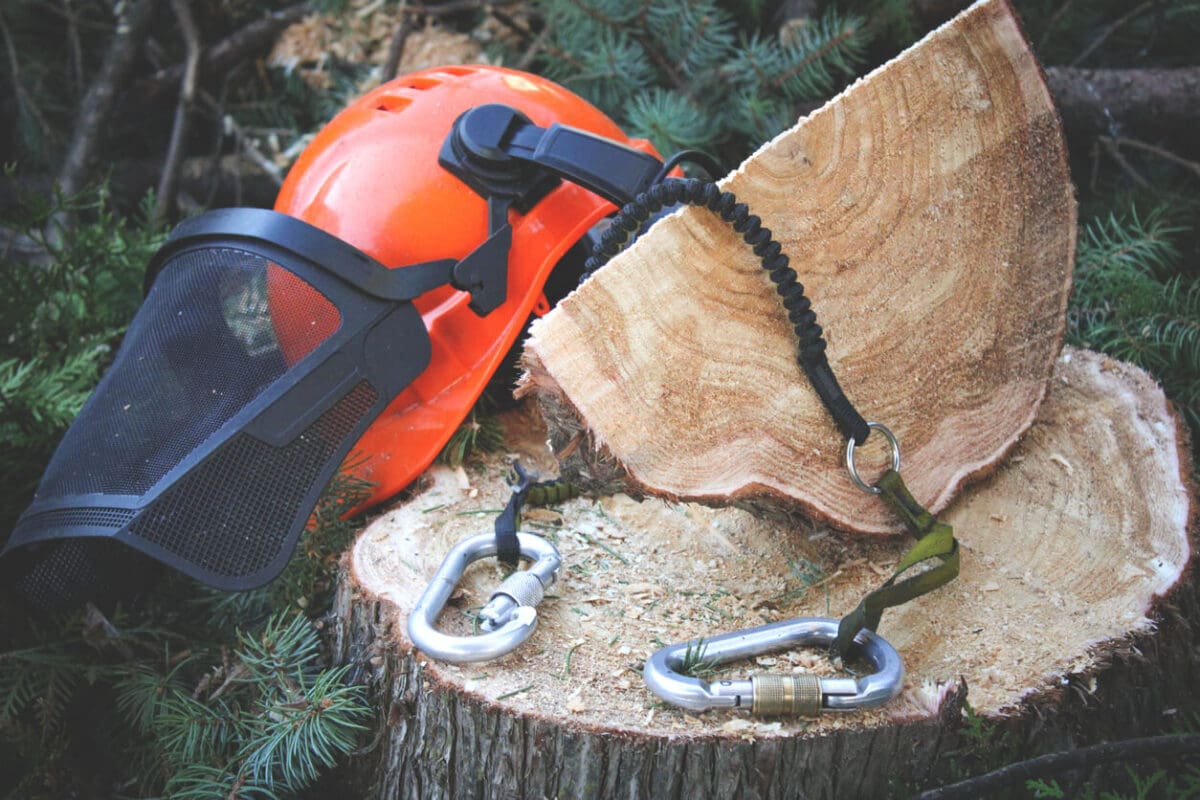
Do you love trees as much as we do? Learn how to become an arborist and care for trees as your profession. Arborists and foresters are vital to maintaining a healthy planet.
Trees are essential to most ecosystems as they provide oxygen and wildlife habitats and absorb carbon dioxide, helping keep the air clean. Arborists are the people who plant, study, and maintain trees. Keep reading for all the details about how to become a certified arborist and the differences between an arborist and a forester.
Earn an online degree in agroforestry from Unity to jumpstart your journey to becoming an arborist.

Arborists are tree scientists and caretakers. They often focus on each individual tree in a specific area to ensure it remains healthy and is trimmed when needed. This sets arborists apart from foresters, who tend to look at a grove as a whole rather than a group of individual trees.
|
Career Path Overview for Arborist |
|
|
Education Requirements |
Bachelor’s Degree |
|
Recommended Degree Program |
|
|
Average Salary (2023) |
$68,300 |
|
Workers Employed in U.S. (2022) |
36,000 |
|
Projected Job Openings by 2032 |
1,300 |
|
Projected Growth Rate |
4% (as fast as average) |
|
Other Job Titles |
Tree Surgeon, Forester |
|
Related Careers |
|
Source: Bureau of Labor Statistics
What Does An Arborist Do?
Arborists use a combination of scientific knowledge and landscaping skills to plant and maintain trees. Trees can get various diseases and pest infestations. Arborists are sometimes called tree surgeons, but they don’t deal only with trees. They also plant, study, and maintain shrubs, vines, and other plants.
If you want to become an arborist, be prepared to work outside. It’s a scientific but very physical job. Arborists may need to remove trees that are dead or damaged. They may also dig up and transport large trees to new locations or climb trees to trim them. For example, an arborist may need to regularly trim the trees in their city to prevent them from growing over buildings and power lines. Below are some of the activities that an arborist may do in a day’s work:
- Fertilize trees
- Cultivate new trees
- Trim trees and shrubs
- Analyze soil conditions
- Manage soil to prevent erosion
- Inventory trees in a designated area
Entry-level arborists will be in the field caring for trees under the supervision of a manager or director. Climbing and some other job activities require specialized gear, knowledge, and personal protective equipment to stay safe at work. More advanced arborist roles may involve tasks like developing landscaping plans or coaching groundskeepers on how to care for trees.
Discover urban farming methods and learn the difference between horticulture and agriculture.

Where Do Arborists Work?
The top employers for arborists are local, state, and federal governments. They employ over half of the tree scientists in the US. Utility companies often employ arborists to trim trees near power lines. Many arborists work in urban forestry areas, caring for trees in city parks, neighborhoods, and golf courses. They may also work with foresters in more rural areas when needed. Because arborists often work outdoors, there are more job opportunities when the weather is warmer.
The largest employers of arborists are:
- State governments: 27%
- Federal government: 12%
- Local governments: 12%
- Agricultural businesses: 11%
- Forestry and logging businesses: 5%
In the Office
Arborists record all their activities, so the job involves some office work. The more you advance in your career as an arborist, the more time you may spend in the office developing tree management plans and meeting with stakeholders. When arborists are in the office, they generally work a regular, full-time schedule.
In the Field
Fieldwork often requires travel, which may include evening and weekend work. Entry-level arborists tend to spend more time in the field than in the office. Fieldwork usually involves manual labor and operating heavy machinery in various weather conditions.
Average Salary Of An Arborist
According to the Bureau of Labor Statistics (BLS), the median annual salary for foresters in 2023 was $67,330. This includes arborists. The top 10% of foresters and arborists earned more than $98,500. Salaries for arborists also vary significantly by region. Major cities like Los Angeles, Washington DC, and Portland employ high numbers of arborists with average annual wages of over $80,000.
Increase your earning potential as an arborist with a bachelor of science degree in agroforestry.
|
Top 5 States for Arborist Salary in U.S. |
||
|
State |
Average Annual Salary |
Average Hourly Rate |
|
California |
$85,410 |
$41.06 |
|
Iowa |
$81.430 |
$39.15 |
|
Alaska |
$80,020 |
$38.47 |
|
District of Columbia |
$78,920 |
$37.94 |
|
Pennsylvania |
$78,270 |
$37.63 |
Source: Bureau of Labor Statistics
What Is The Demand For Arborists?
The BLS estimates that there are currently about 11,300 arborists and foresters employed in the US. There will be about 3,000 job openings over the next decade for conservation scientists which includes foresters and arborists. This is a change of 4%, which is the average across all occupations. However, as we continue to experience the effects of climate change, professional conservation scientists like arborists may become more in demand.

Arborist Education Requirements
How long does it take to become a certified arborist? After high school, it will take about four years to complete a bachelor’s degree. The arborist job requirements also include some relevant experience, and in some states, an exam is required to become a licensed arborist. If you gain experience in the field during college, such as doing an internship, then you could potentially become an arborist within 4-5 years.
Arborist High School Recommendations
Are you a high school student wondering how do you become an arborist? Start by focusing on your science classes, and take advanced science classes when possible. Some high schools also offer elective courses that may be valuable such as environmental studies or agriculture. Outside of class, extracurricular activities can provide some of the necessary knowledge and skills to become an arborist:
- Join an FFA, 4-H, or environmental club at your school
- Volunteer at your local arboretum
- Plant and care for trees in your yard at home
- Join a local rock climbing gym
Arborist College Education Recommendations
While some arborist jobs may not ask for a bachelor’s degree, earning one will expand your options. Look for a degree in a related field such as botany, forestry, or horticulture. The agroforestry degree from Unity Environmental University includes courses in arboriculture, soil analysis, and pest management.
If you are interested in doing tree research or teaching arboriculture in colleges, you may want to pursue an advanced degree or take some higher-level courses. For example, you could study ways that tree planting can mitigate climate change or how scientists can help trees migrate and adapt to climate change. Unity offers an online master’s degree in climate change adaptation and resilience.
Additional Certifications and Licenses
How do you become a certified arborist? Arborist certification is provided through the International Society of Arboriculture (ISA). You must have either an associate or a bachelor’s degree and 1-2 years of professional work experience before applying for your certification.
- Associate degree: 2 courses must be directly related to the field of arboriculture, and you must have 2 years of full-time work experience in arboriculture
- Bachelor’s degree: 4 courses must be directly related to arboriculture, and you must have 1 year of full-time work experience in arboriculture
After you meet these prerequisites, you can submit your application and take the ISA Certified Arborist exams.
Not sure if being an arborist is for you? Study environmental science to expand your career options.

Recommended Unity Degrees And Courses
B.S. in Agroforestry
In this agroforestry program, you will learn how to become a licensed arborist. The holistic degree draws from a variety of fields including agriculture, ecology, and economics to give you real-world experience. You will graduate with all the skills needed to start your career.
Explore More Career Paths Related To Arborist
Forestry Technician
If you are interested in working in more rural areas and protecting our planet’s forests, consider a career in forestry. As wildfires increase due to climate change, forestry technicians may become more in demand to help implement solutions.
Environmental Resource Manager
Environmental resource managers manage all aspects of the environment including water, soil, animals, and of course trees. This may be the right career path for you if you are interested in conserving all natural resources.
